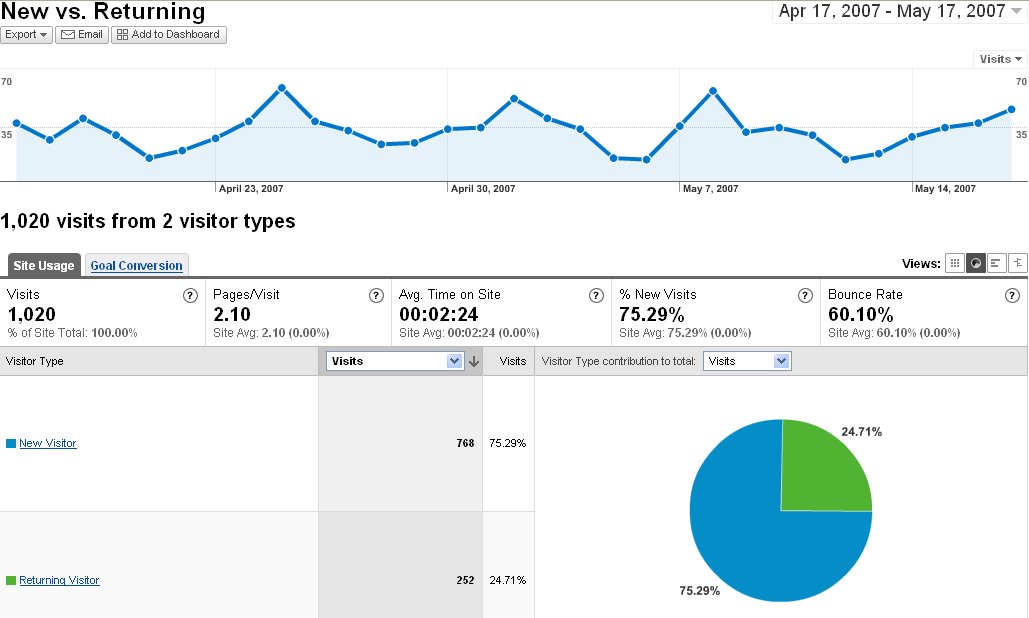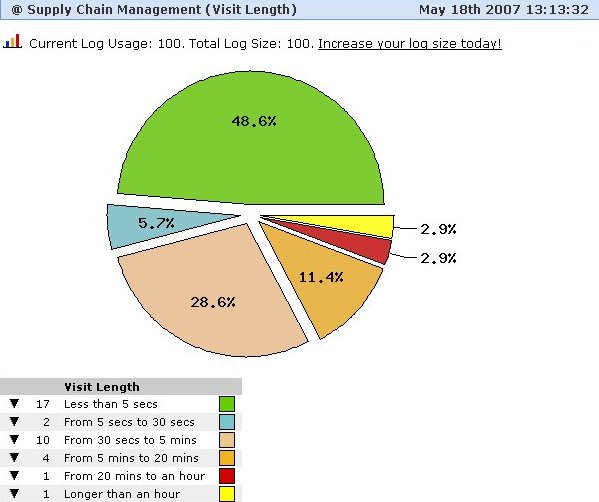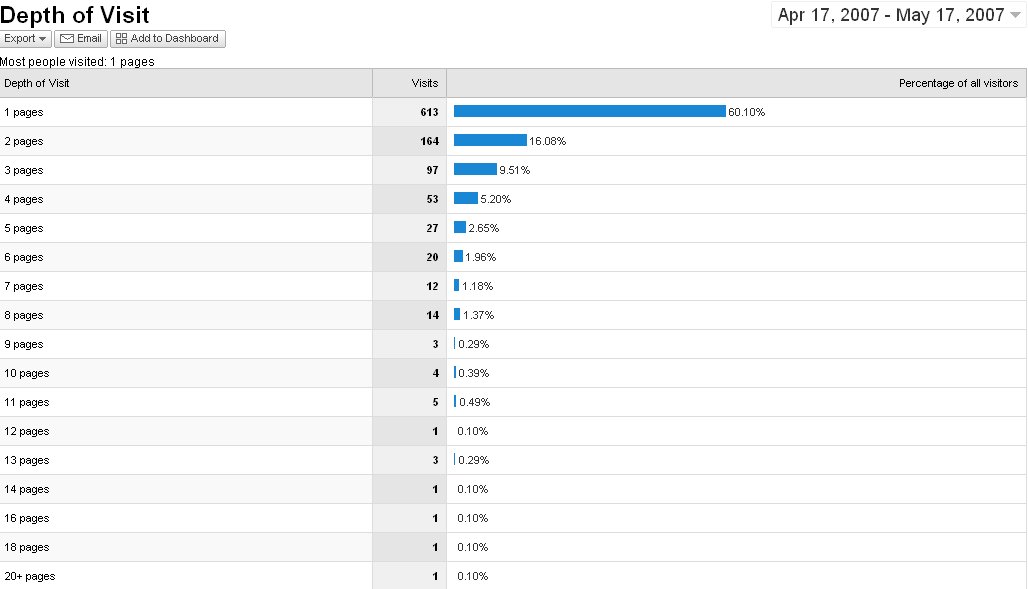The only hope for these companies is that all their competitors will make the same mistake.
So assert George Stalk Jr. and Kevin Waddell of the Boston Consulting Group in their report titled Surviving the China Rip Tide – How to profit from the Supply Chain Bottleneck. Alright, I’m laughing a little now. Why? Because I said the same thing nearly a year in a general sense of what is going to happen within the supply chain with the onset of globalization/offshoring/outsourcing. (See here: The intimate supply chain – Part 1) This observation was in the context of those who claimed that it was possible to have global lean supply chains and such.
If I may be so bold as to suggest that SCM 1.0 will have been a failure if the kind of scenarios and phenomena that the above authors suggest come to pass. Why? My reasoning is thus: If the push to a global supply chain was done irrespective or without taking into account the total supply chain cost (instead being driven by some instinctual feeling of lower unit costs and the like), then SCM 1.0 will have been a failure. Over the last year, It was quite commonplace to see supply chain professionals envisioning lower inventories in a global supply chain. That is plainly wrong. In a global supply chain, inventories will rise as firms not only have to work with lower quality products (in the initial stages) but account for the longer lead times of logistics. So what happens when all that globally sourced inventory has to pass through a chokepoint before they get stateside i.e. when the ports are the bottleneck?
Now, back to the report:
But competitors that do not source from China – or that do focus on supply chain speed – will be competing with a different set of economics. The first company to see and correct the strategic error of sourcing from China without an appropriate investment in supply chain dynamics to minimize costs will seal the fate of its competitors.
First things first, I must communicate my position as clearly as possible. I am agnostic as to whether offshoring/outsourcing is better than insourcing/inshoring. I am as pleased at the immense economic opportunity presented to millions overseas as dismayed by the havoc that outsourcing creates stateside. However, the choices before firms are stark as well and this is where Taichi Ohno’s remarks are rather appealing. Do take the time to read this rather insightful piece, Panta Rei: Gemba Keiei, Chapter 6: The blind spot in cost calculation Here is my take on the same – The blind spot in cost calculation… Whatever the competing economics that firms that source globally or source locally have to face, the above described notion of cost must be engaged i.e.
Cost do not exist to be calculated. Costs exist to be reduced.
If you are a sourcing or supply chain professional, there are two chapters in this report you would need to pay special attention to because they present good insights. One isd the The Hidden Costs in Supply Chains and the other is The Dangers of Lengthening Supply Chains. In the analysis presented in The Hidden Costs in Supply Chains, the authors elaborate on the notion of direct, indirect and hidden costs. They expand direct and indirect costs as:
Direct and indirect costs include shipping, nesting and de-nesting of containers at both ends of the ocean pipeline, inventory storage, handling, procurement, insurance and overall financing.
According to the authors,
These costs can eventually add up to as much as 4 to 8 percent of retail shelf costs.
However, they contend that the largest costs i.e. hidden costs
they come from the gross margins that are lost when the product isn’t there for the consumer to purchase. The gross margins of the products in Exhibit 4 can range from 40 to 60 percent of the shelf price.
Moreover they add,
the cost of excess inventory write-downs from having an oversupply of products that consumers don’t want can amount to 10 to 20 percent of sales.
There is one more component of hidden costs that the authors have not taken into account – it’s a behavioral component which is again difficult to quantify but has been uniformly (except perhaps for Lean based manufacturing) the bane of traditional manufacturing and/or sourcing. And yes, this is from Jay Forrester’s book on the topic of industrial dynamics – Industrial Dynamics. Distill it this way, the longer it takes for stuff to move through a supply chain, the longer it is subject to Murphy’s law. Or what has increased in a longer supply chain (such as one from a global sourcing location in China/India) is uncertainty. And uncertainty (be it positive or negative) means dollars in costs. For example, if your shipment arrived 2 days earlier than it was supposed to – what some might desire to call positive uncertainty, perhaps you have to now acquire a truck to dray the shipment at spot rate instead of a contracted rate. Or you have to pay storage costs at the port if truck capacity is strained. Better yet, if you brought the shipment to the production firm or retail outlet, you have to deal with the products within your system earlier than expected. Uncertainty propogates through a system like waves that have been initiated in a narrow channel and as it bounces of the system walls, it creates even more uncertainty. That means dollars spent every which way trying to manage the uncertainty in the system. If I were to succintly describe the overarching purpose of middle management, it is to reduce uncertainty in the system. I hope a clearer picture about the types of costs in the system has been acquired.
Now about the natural behavioral component of management that the authors have missed out. In a system that is susceptible to uncertainty, be it of lead times (compounded in a long supply chain) or bottlenecks, you have to compensate for the uncertainty, at the minimum, using inventory. In the current scenario, a firm sourcing from China requires inventory to cover the logistical lead times but when you throw uncertainty into the mix, inventories have to increase. Thus, if you have a bottleneck in your supply chain right now with the inventory required today, as managers react to the uncertainty of going through a congested port or transportation infrastructure, required inventory (and thus shipped volumes) rises which in turn causes more congestion – do you see the problem? This problem will ripple in both directions i.e. for the producers as well as suppliers. In the analysis presented in The Dangers of Lengthening Supply Chains, the authors simulate the scenario of a supply chain originating closer to the US (Central Europe) with a scenario of a supply chain originating far away (China). They test out the effects of information flow and tightly coupled manufacturing to demand scenarios.
The key takeaway for me from this report is that the rose colored glasses that has so far accompanied the rush to China or other overseas locations is letting some light through. In short, the free lunch is about to get pricey. In the next post, I hope to get into what firms can do other than hoping that their competitors have made or will make the same mistakes of jumping with both feet.
Tags: Surviving the China Rip Tide – How to profit from the Supply Chain Bottleneck, Boston Consulting Group, George Stalk Jr., System Dynamics, Kevin Waddell, Jay Forrester, Offshoring vs. Inshoring, Outsourcing – the rose colored glasses, Uncertainty



